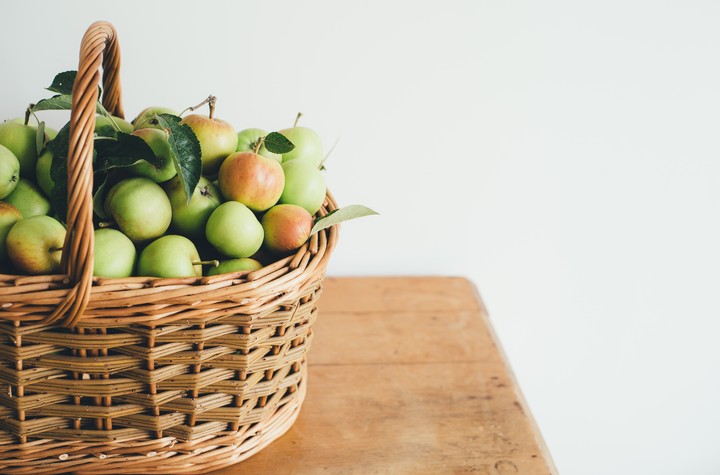Arranging the fruit basket. A computational approach towards a better understanding of adolescents' diet-related social media communications
 Image credit: Unsplash
Image credit: Unsplash
Abstract
This study investigated the contents and linguistic styles that adolescents use in their dietary communications on social media. The main aim of the study was to describe adolescents' social media communication practices with regards to diet, in order to better understand dietary social influences and how to effectively intervene in them. The current study made use of an online communication dataset (N = 72,384 messages) of adolescents in primary and secondary school (N = 1038, 9–16 y/o). We analyzed the message content using tailor-made diet- and health-related dictionaries and LDA topic modeling. The linguistic style of the messages was investigated by assessing the sentiment and underlying psychological dimensions. Further, we used multivariate linear regressions to test how each message dimension was related to message liking, which was considered as an indicator of a message’s influence potential regarding peers' dietary behaviors. The results confirmed that adolescents show a preference to discuss neutral-to-unhealthy dietary items most often. No association emerged between message content (i.e., message healthiness and topics) and the number of likes that a message received, while messages with more positive sentiment and higher subjectivity received slightly more likes. Also, our findings confirm that visual dietary content is more often liked than textual descriptions alone. The findings indicate that the content and the healthiness of a message does not explain its popularity among adolescents. Rather, the way how diet-related content is formulated (i.e., in a positive and subjective tone) emerged as a more important predictor for message liking.